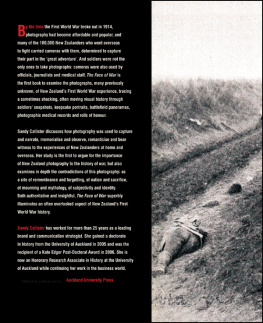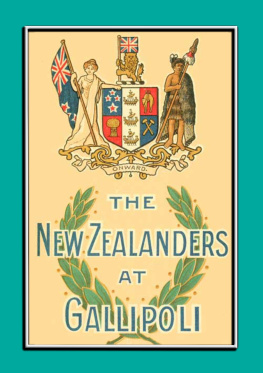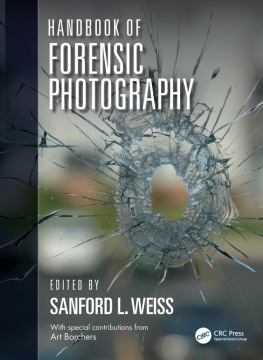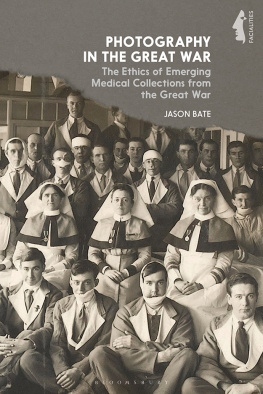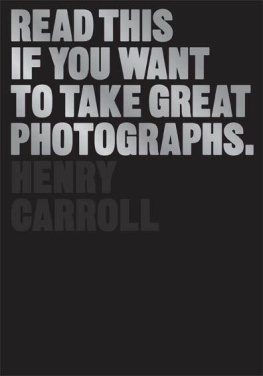T HE F ACE OF W AR
THE FACE OF WAR
N EW Z EALANDS G REAT W AR P HOTOGRAPHY
S ANDY C ALLISTER
First published 2008
Reprinted 2011
This ebook edition 2013
Auckland University Press
University of Auckland
Private Bag 92019
Auckland 1142
New Zealand
www.press.auckland.ac.nz
Sandy Callister, 2008
eISBN 978 1 86940 645 5
National Library of New Zealand Cataloguing-in-Publication Data
Callister, Sandy.
The face of war : New Zealands Great War photography / Sandy Callister.
Includes index.
eISBN 978 1 86940 645 5
1. World War, 1914-1918New ZealandPhotography.
2. War photographyNew Zealand. I. Title.
779.99404dc 22
This book is copyright. Apart from fair dealing for the purpose of private study, research, criticism or review, as permitted under the Copyright Act, no part may be reproduced by any process without prior permission of the publisher.
COVER PHOTOGRAPH : Support Troops, 4th November 1918, in Hugh Stewart, The New Zealand Division, 1916-1919: a popular history based on official records, Auckland, 1921.
COVER DESIGN : Christine Hansen
CONTENTS
ACKNOWLEDGEMENTS
This project has been both a pleasure and a passion. My interest in studying New Zealand photographs in their historical context owes much to a paper taught by Deborah Martin Kao at Harvard. The ideas, the spirit of inquiry and commitment it fostered, have been a decisive influence. In the course of completing my doctorate on New Zealands Great War photography, James Belich and Caroline Daley both made vital contributions to my understanding of New Zealand history. Jo Zizek helped me contextualise the New Zealand war historiography and integrate some of the important European cultural work covering this time period. I have benefited from Deborah Montgomeries keen insight, wise counsel and generous support at every turn, as she shepherded this project to its completion as a thesis, and her encouraging support in crafting it into a book. Her example will remain with me.
I have been fortunate with my readers and editor. I want to thank Bronwyn Dalley and Anna Rogers; the book has profited from their responses. Any defects, omissions and errors of fact that remain are mine.
The book would not have been possible without the help of many curators, librarians, archivists and gallerists. I am much indebted to the patience, skill and dedication of staff at the Hocken Collections, Alexander Turnbull Library, Te Papa Tongarewa, Archives New Zealand, Govett-Brewster Art Gallery, Army Museum, Waiouru, Auckland War Memorial Museum and Ewelme Cottage, especially John Sullivan, Graham Langton, Dolores Ho, Gordon Maitland, Natalie Poland and John Webster. I am especially grateful for the generosity and extraordinary degree of access given to me by Dr Andrew Bamji, the curator of the Gillies Archive, Queen Marys Hospital, Sidcup, Kent; and for the enthusiastic support of Linda Tyler at the Gus Fisher Gallery, the University of Auckland.
A Kate Edgar Post-Doctoral Award in 200607 allowed me time and space for research and writing. I am also grateful to the Auckland University History Department and the staff of Auckland University Press for their support.
My husband, Martin, and my children, Max and Loulou, have ensured that this has been a family project. We journeyed to the Western Front and Gallipoli and visited numerous memorials from Southland to Belgium, giving us a deeper appreciation of the impact of this war.
I am especially mindful of the sadness and sense of loss that these photographs allow us to glimpse within New Zealand families. For me the most troubling of the wartime photographs remain the medical photographs. It has not been possible to locate the descendants of these men. Still, I have endeavoured to treat these photographs with sensitivity while firmly believing that their stories should be incorporated into the publics understanding of the sacrificial cost of this war.
Finally, I would like to pay a special tribute to all those who took photographs, and cared for them. My hope is that I have honoured their photographic memories.
FIGURE 1 . Private R. B. Steele, New Zealanders in action: a remarkable photograph taken under fire, Auckland Weekly News, 24 June 1915, front cover.
INTRODUCTION
M INE E YES H AVE S EEN : P ICTURING THE F IRST W ORLD W AR
Cameras were forbidden but one has [sic] to take a risk. I still have the number A Kodak and if it could speak, it would tell of the days it was buried, carried in ammunition boxes, in the open shirt, stuffed in the lining of a greatcoat, it also suffered from heat and wet and shortage of films. Many of the films stuck together and were useless, and after a lapse of 9 months developed, some prints to be stolen by a Gippo Chemist. However I present to you what remains and hope you will understand the circumstances of their origin.
PRIVATE W. A. HAMPTON, WELLINGTON INFANTRY BATTALION
The first photographic representation of Gallipoli seen by the New Zealand public ran as the cover story in the Auckland Weekly News on 24 June 1915 (). Today we see a number of soldiers standing on a steep, scrub-covered hill. In their midst are two men whose attention is focused on someone sitting on the ground. The readers in 1915 saw what was described as a remarkable photograph taken under fire depicting the drama of the battlefield, which should prove of very great interest to every New Zealander who has read the numerous accounts, official and otherwise, of the splendid achievement of the colonial troops at the Dardanelles. To emphasise this point, the newspaper broke with precedent and ran a very long news story directly underneath the cover image, explaining that
It was taken on the Western shore of the Gallipoli Peninsula, where the New Zealanders and Australians landed on April 25 in the face of a terrible fire from a strongly entrenched enemy. The picture features the rendering of first aid to a wounded New Zealander, whose bandaged foot is plainly discernible. In the distance appear two warships and a transport. The class of country is apparent at a glance. There is the low scrub which afforded hiding places for the enemys numerous snipers who harassed our men not only during the storming of this and other hills, but afterwards, when the Australasian line had advanced beyond the sharpshooters places of concealment. This hill, the steepness of which can be gauged from the level of the sea, and which rises almost directly from the waters edge, was one of those on which the Turks were entrenched and from which they ran like rabbits before the impetuous attack of our troops.
The photograph was credited to Private R. B. Steele. That a picture taken by a frontline soldier, rather than a press or official war photographer, should appear on the cover of the Auckland Weekly News was indicative of what had become common practice for this First World War campaign. Our way of seeing the war, our collective memory, both then and now, has been largely shaped by the fact that our soldiers carried cameras to the conflict.
Next page
